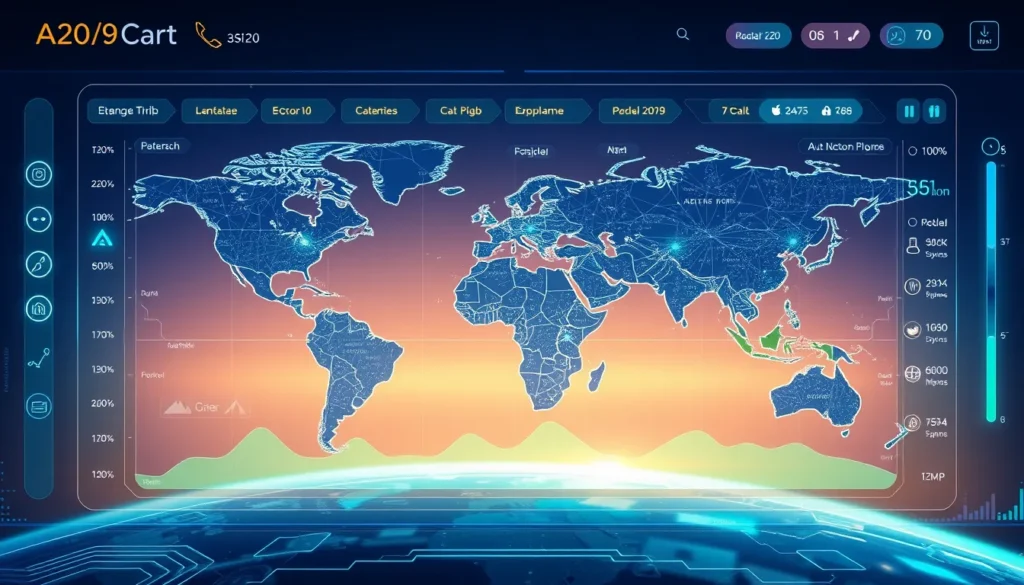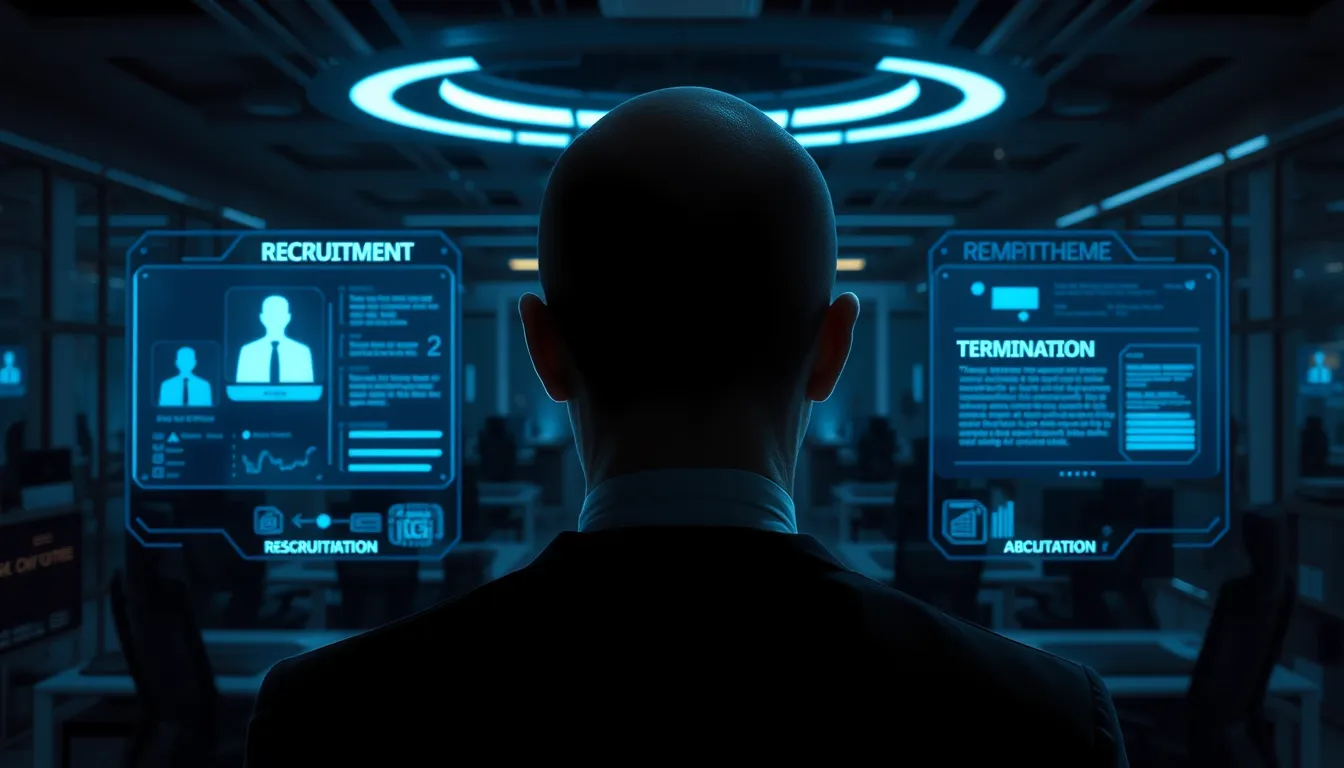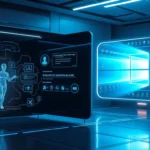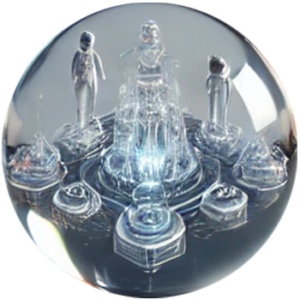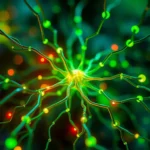Now Reading: The Emergence of the Open Source Robot Brain in 3D Robotics
-
01
The Emergence of the Open Source Robot Brain in 3D Robotics
The Emergence of the Open Source Robot Brain in 3D Robotics

The Emergence of the Open Source Robot Brain in 3D Robotics
The world of robotics is experiencing a groundbreaking shift with the introduction of an innovative open source robot brain. This revolutionary technology not only enhances the capabilities of 3D robotics but also lays the foundation for smarter, safer, and more adaptive machines in complex environments.
A New Frontier in Robot Spatial Comprehension
The open source robot brain concept integrates state-of-the-art hardware with advanced robotics algorithms. At its core, these systems are designed to decode 3D spatial data in robots, enabling machines to recognize obstacles, navigate intricate pathways, and perform tasks with precision. This is achieved through a deep integration of real-time multi-dimensional sensor inputs that capture a robot’s surrounding environment with exceptional accuracy.
Leveraging Real-Time Multi-Dimensional Sensor Inputs
One of the standout features of this open source approach is its ability to handle real-time multi-dimensional sensor inputs. By processing data as it streams from various sensors, the robot brain is able to deliver rapid responses crucial for real-world applications. Key benefits include:
- Enhanced obstacle detection and avoidance
- Improved navigation in environments with dynamic elements
- Increased accuracy in spatial comprehension
These capabilities grant robots the capacity to perform under conditions that were once considered too challenging for traditional two-dimensional processing methods.
Integrating Advanced Robotics Algorithms
Robust performance in modern robotics relies on advanced robotics algorithms that combine computer vision, deep learning, and signal processing. The open source robot brain utilizes these sophisticated algorithms to transform raw sensor data into meaningful insights. This transformation is vital for tasks such as:
- Decoding 3D spatial information
- Facilitating autonomous decision making
- Enhancing overall system flexibility
The integration of these advanced techniques not only boosts the robot’s ability to understand its surroundings but also accelerates innovation among research communities globally. By leveraging open source collaboration, developers and engineers are continuously refining the underlying algorithms, ensuring they remain at the cutting edge of technology.
Navigating Complex Environments with Robotics
Traditional robotics systems often struggle with complex environmental challenges. However, with the advent of the open source robot brain, robots can now navigate complex environments with solutions that incorporate both deep learning and computer vision to assess terrain and respond appropriately. This breakthrough is particularly impactful in industries such as agriculture, transportation, and industrial automation, where the ability to adapt to unpredictable conditions is crucial.
The Impact of Decoding 3D Spatial Data in Robots
Decoding 3D spatial data in robots represents a quantum leap in robot spatial comprehension. This capability allows machines to evaluate depth, distance, and movement with unparalleled clarity. Practical applications of this technology include:
- Accurate mapping of indoor and outdoor environments
- Streamlined operations in automated warehouses
- Enhanced safety protocols in autonomous vehicles
The Role of Open Source in Accelerating Innovation
A significant advantage of the open source model is its community-driven nature. Open source projects foster collaboration among experts in robotics and artificial intelligence. This collaborative spirit leads to:
- Rapid software improvements and bug fixes
- Diverse contributions from around the globe
- A transparent development process that benefits all users
By sharing knowledge openly, the field of robotics can address critical challenges more efficiently, making advanced robotics solutions accessible to a broader audience.
Future Prospects and Industry Applications
As the open source robot brain evolves, its influence is expected to extend far beyond initial applications. Industries such as healthcare, transportation, and environmental monitoring stand to benefit from robots capable of navigating ever more challenging terrains. Additionally, academic institutions and research labs are likely to leverage this technology to push the limits of what robots can achieve.
The ability to process and understand real-time multi-dimensional sensor inputs alongside advanced algorithms marks just the beginning of a new era in robotics. As this technology matures, it is poised to redefine machine interaction with the physical world, enabling safer and more intelligent automation solutions.
Conclusion
In summary, the open source robot brain represents a transformative advancement in 3D robotics. By harnessing the power of real-time multi-dimensional sensor inputs and advanced robotics algorithms, this breakthrough paves the way for a future where machines can effectively decode 3D spatial data and navigate complex environments with ease. The innovation not only enhances the performance of current robotic systems but also opens up new avenues for research and development in multiple industries. As research and collaboration continue to thrive on open source platforms, the possibilities for new and improved robotics solutions are endless.
This expanded view on the evolving world of robotics highlights a promising future driven by innovation, community, and the relentless pursuit of smarter technology solutions. The open source robot brain is not just a technological milestone; it is a catalyst that redefines our approach to robotics and automation in the modern era.




